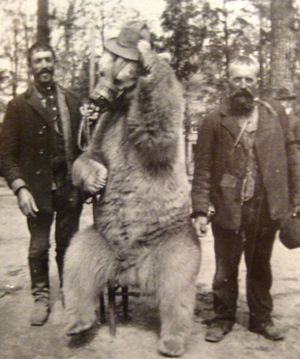
On the 28th April, 1893, a baby brother arrived and completed the family. He was christened Mario Rognvold Gregersen in Volosca. I remember the christening vividly, more for the dancing bear than for anything else.
The padre, the grown-ups surrounding him, Aunt Irma holding the yelling infant, the cakes, sweets and ice-creams on the tables, all were forgotten when I looked through the window. In the garden I saw a rough-looking Rumanian leading a huge shaggy beast on a stout chain. The beast was lurching clumsily along beside him on the gravel path towards our villa. A strong muzzle covered his big mouth.
Hugo and I silently left the christening party. On the sunlit terrace at the rear of the house a little crowd had assembled, consisting among others, the gardeners, the cook, the maids, Ilka and the Padre’s coachman; they formed a circle round the spot where the bear was to perform. The Rumanian was wearing a white shirt that had become distinctly off-white. A heavy, brass-studded, broad leather belt over trousers tucked into soft leather boots, and a shaggy fur cap over his bearded, grinning face. He threw the sack that he carried over his shoulders onto the ground and produced from somewhere a large tambourine.
After these preparations he led the big brute, tethered until then to a shady tree, to the centre of the clearing, released him from the strong chain and took off his muzzle. The spectators made as if to scatter and I felt Hugo's arm tighten round my waist.
The tough Rumanian and his dancing bear were now ready to perform. Standing facing the bear, he gave a vigorous shake to the tambourine, all its bells jangling, and described a big circle in the air, hitting the tambourine a resounding blow with his fist as it completed the circle. Thereupon the bear got up. Standing at full-height he would have been a fearsome sight, but for his reassuring smile… or was it a smile? He started on his dance, clumsily shifting his big body from one short hairy leg to the other, advancing a few steps, and then going backwards shaking his head from side to side. He looked so grotesquely funny that the spectators, by now reassured, burst out laughing. He had many other amusing turns, such as somersaults and rolling round and round on the ground, which delighted both children and adults for almost an hour. All this went on to the barbaric sound of the tambourine.
At the end of the performance the Rumanian passed his fur cap round to collect the coins. Then he put the sack in the bears paws for him to collect his well-deserved reward: bread, fruit, lumps of sugar, vegetables (mostly carrots), which the cook produced from the kitchen. By way of thanks he raised his huge paw, with its menacing claws, to the side of his face, close to his small, twinkling, wicked eyes.
The arrival of baby Mario caused a major upheaval in the household. Mother was unable to feed him, he needed a wet nurse. Dear Ilka had to go; there was no longer any need for a nanny. We were disconsolate and down-hearted after Ilka left and refused to cooperate with the new governess, a pretty, eighteen-year-old, dark-haired, dark-eyed Italian girl, Elvira, who was to prepare us for school and teach us Italian. Mario's wet nurse was soon to become the most important member of the staff. She bullied everyone. She had to be humoured, as too much depended on her. If she was upset the precious infant was sure to be upset too, which in its turn upset mother; and all father wanted was to have peace in the house. All this, she quickly realised and exploited, to the full advantage that her unique position secured for her in the household. Her meals had to be served in the nursery. She scorned the milk-forming diet of potato-soup and iron-forming spinach prescribed by the doctor. She preferred spicy dishes made with red paprika! She refused to wash nappies and panties and spent her time ironing her own elaborate fineries, blouses and aprons.
I do not remember anything personal about her, her name, where she came from or the language she spoke, but all the same I shall never forget that robust, vital young woman. All eyes turned when she wheeled baby Mario down the main street of Fiume, proudly displaying the richly embroidered, stiffly-starched frills round her neck and the sleeves of her white blouse, tucked into a black satin bodice, with the short sleeves protruding. The wide, red-printed skirt was partly hidden by a white frilled apron. She was pretty enough in a countrified way, with high cheek bones, deep-set eyes, and a lovely milk and rose complexion. Her auburn hair, parted in the middle, was crowned with a pearl and bead embroidered head-dress, twisted in a figure eight, while below that, at the back, a red-print scarf reached well below her waist. She wore a pair of bright gold earrings but there was no plain gold ring on her fourth finger.
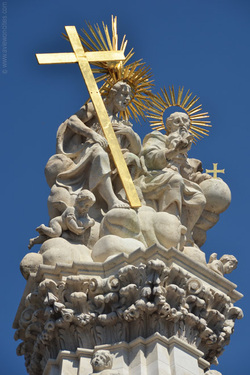
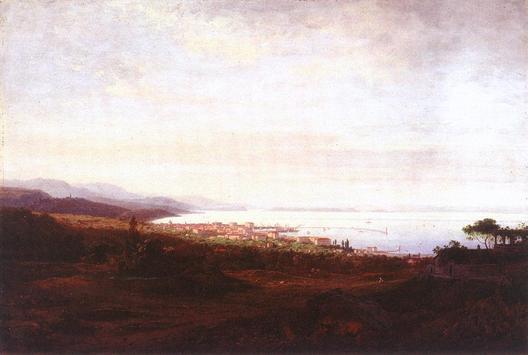
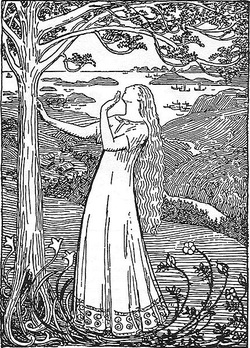
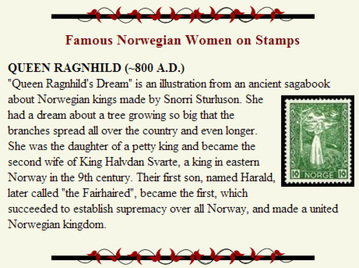
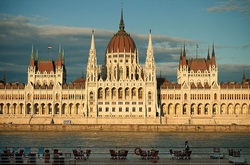
 RSS Feed
RSS Feed